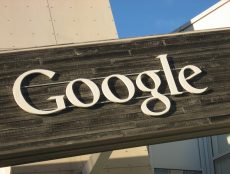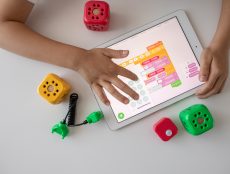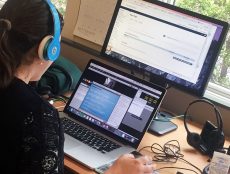
Education Technology
Op-Ed
Ways to Integrate Place-Based Learning with Education Technology
By Majorie Desamito
February 15, 2022
One major fear linked to remote online learning is that the heavy reliance on technology will hinder students from exploring their surroundings and forming deep connections with people. In a world impacted by climate, economic struggle, and an increasing need to adapt to available opportunities, hands-on experiences beyond gazing at the computer screen are more important than ever.
One such way to counter this issue can be to integrate place-based learning (PBL) into education technology. Place-based learning immerses students into a locational or community-based experience. PBL lessons often involve going outside or taking a field trip. Other times, the lessons are heavily based on a specific location, community, and rich sensory details (without travelling).
Both forms of learning actually share a lot of common goals. These goals include personalized learning, student engagement, deep learning, creative thinking, and interdisciplinary education. PBL encourages students to analyze how they impact their environments and vice-versa. This understanding then expands to how they connect to other people within communities. Since remote learning promises education at “any time, any place,” why not supplement it with careful observation and inquisition about a student’s ever-changing world?
The current pandemic is one of PBL’s biggest obstacles.
Restrictions and safety concerns connected to COVID-19 and the Omicron variant can hinder travel plans. If traveling is not an option, there are ways to bring a location and the community into the virtual classroom. So long as students are able to learn about a place in a way they can apply to their everyday lives, PBL does not necessarily clash with online learning activities.
So how does Place-Based Learning tie into Education Technology?
Technology and social media give students more freedom in exploration and self-discovery. It also creates risks of misinformation and shallow engagement. Education technology used alongside PBL can create a unique learning experience on how to apply reliable research to environmental exploration and hands-on activities. Such an experience can help students challenge their initial perceptions and use social media more mindfully.
Augmented reality provides another deep connection between education technology and place. Relevant, appealing visuals pop into a student’s space in real-time. AR can be location-based (i.e. a museum or workspace), or object-based – bringing a unique experience to the student’s home. While it may not be as immersive as virtual reality, augmented reality is meant to supplement an experience out in the world rather than create a new one altogether. It generally also costs less to implement. Many AR applications run on smartphones, making this form of technology widely available.
GPS Technology can link a student’s environmental understanding with map-related skills. For note-taking or experimental purposes, GPS technology can be used to tag points of interest that could be connected or compared to each other.
Since PBL often has a community context, technology can be used to virtually connect students with community experts and leaders. Livestream and video chat may allow a class to engage in dialogue, ask questions, or virtually tour a significant place. Initially, these kinds of experiences may have been less accessible due to schedule and travel constraints. Current technological advances, when integrated into virtual classrooms, can open up these limits.
But how do we ensure that Place-Based Learning and Education Technology are effectively used together?
Combining these two learning approaches goes beyond teaching everyone involved how to acquire and use relevant software. Due to the nature of PBL, schools and educators need to build relationships with the communities they serve. Strong relationships and open dialogue can significantly impact what ends up being highlighted in lesson plans.
Place-based learning requires collaboration between instructors and community leaders who are invested in improving education. Because of this, it is worth exploring the cultural intersections between community and classroom. Establishing a shared goal is a vital first step to improving relationships in more fractured communities.
Since a staple of Place-Based Learning is about teaching students to make a local impact, students and families can be encouraged to share feedback and suggestions related to current and previous lessons. How are the lessons applied to life? How do location and other people impact one’s ability to learn? Transparent feedback on lesson effectiveness and student engagement also help education technology improve for the better.
Marjorie Desamito is a freelance writer who covers education technology, food, and beauty subjects. As a lifelong learner with experiences in tutoring, online learning, and helping students improve their writing, she is interested in addressing technology’s role in the learning process.
Featured image: Holly Mandarich, Unsplash.









[…] by two players. The Test of English as a Foreign Language (TOEFL), which is administered by the American non-profit ETS, is accepted at over 11,000 institutions around the world. The International English Language […]